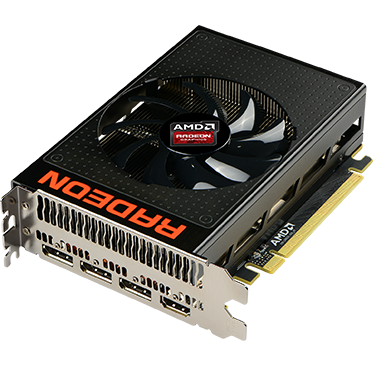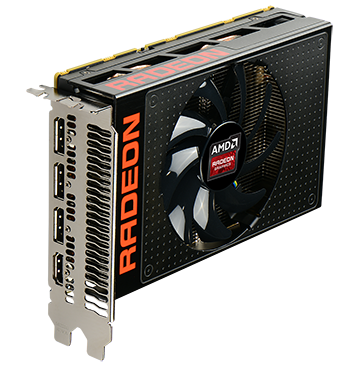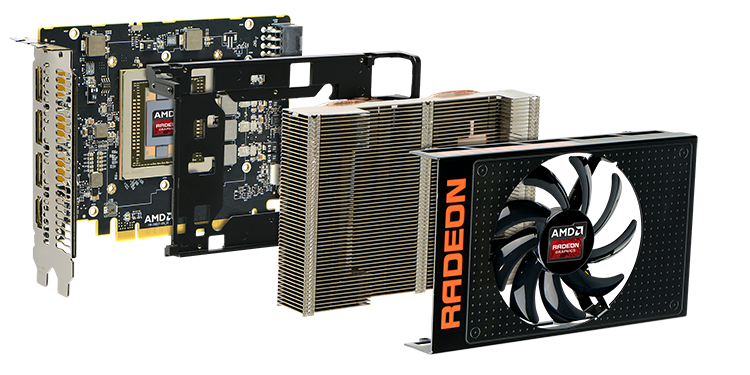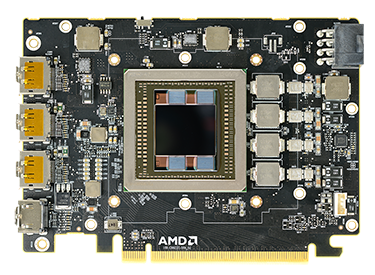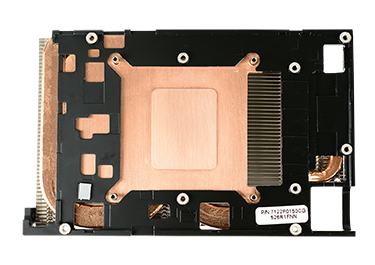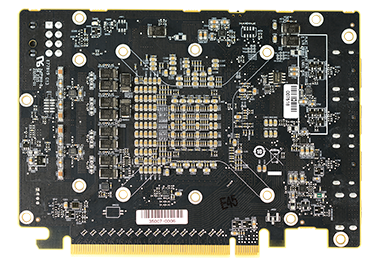The Nano
This full-fat Fiji XT card is presented in a 6in form factor that resembles entry-level cards of yesteryear. This wolf in sheep's clothing occupies the familiar dual-slot form factor commonly seen on all high-end cards.
Build quality is predictably reminiscent of the R9 Fury X's, with AMD opting for a full-metal shroud with a brushed aluminium finish. Keeping the design aesthetic continuity is a black PCB that gives the card an understated, elegant look. What you must remember is that this card is approximately 30 per cent faster than the bigger, bulkier and louder R9 290X that was the best AMD single-GPU solution before the Fiji core's arrival.
Cooling 175W or so from a fairly large die isn't all that difficult for the latest heatsinks, but the trick for AMD is to do it in a 6in form factor with low-noise operation in mind. Here's how the Austin outfit goes about it.
This exploded view shows the cooling segmented into three specific sections. The metal shroud has cutouts on the side that usually serve to circulate air inside a chassis, but this doesn't happen in this case as the aluminium block fits snugly alongside the shroud. A 90mm temperature-controlled fan blows a steady stream of warmer air out of the back of the card.
Stripping off the card-wide aluminium heatsink reveals the custom metal plate that encompasses the central section which is home to the GPU, interposer and HBM memory. Of course, regular memory chips are conspicuous by their absence and it's their omission that enables AMD to build such a small card.
Could it be made smaller? Possibly, but there is no obvious benefit of doing so, especially as the cooling will be compromised. We're appreciative of AMD's dedicated efforts to cool the VRM components on the right-hand side - a heastink-cooled heatpipe is tasked for this specific purpose. Oftentimes a manufacturer will stick the largest slab of copper on the core yet neglect the all-important VRMs.
Power is sourced from a single 8-pin connector, which is more than capable of delivering the quoted 175W TDP to the Nano.
A closer look at the cooling shows the aforementioned copper to be widely in evidence on the cooler. It's a familiar recipe of combining a copper block with heatpipe technology. The card is more substantial than you may think at first glance, tipping the scales at 615g, with the hunk of metal constituting the majority of the weight.
The intricate nature of the heatsink and positioning makes it difficult for a partner to design their own cooling unless they opt for a custom board, which goes against the grain of the small-yet-powerful theme.
It's no surprise to see the the outputs replicating those of the Fury X - three DisplayPort 1.2 and a single HDMI 1.4. The obvious and clear refrain is that AMD missed a trick by not including HDMI 2.0, particularly as the card is purposely designed to be used in small systems that may well find a home in the living room next to the HDMI-toting TV.
Essentially what you're paying for is ultimate performance in the smallest form factor. AMD may well be setting the blueprint for all future high-end GPUs with the Nano, so let's get on over to the benchmarks and see how it performs.






